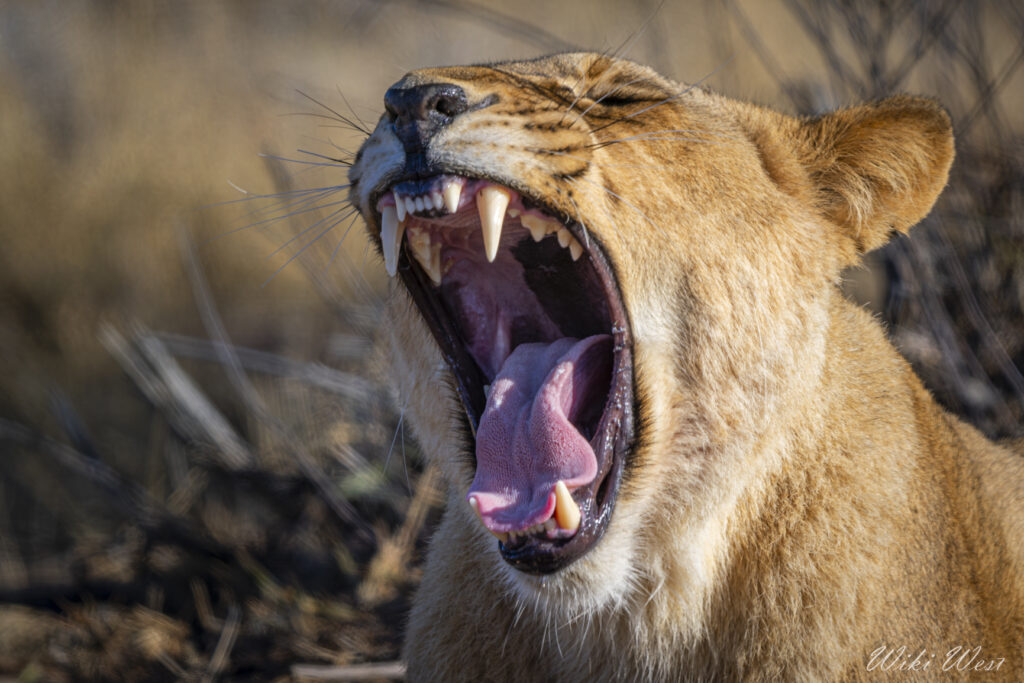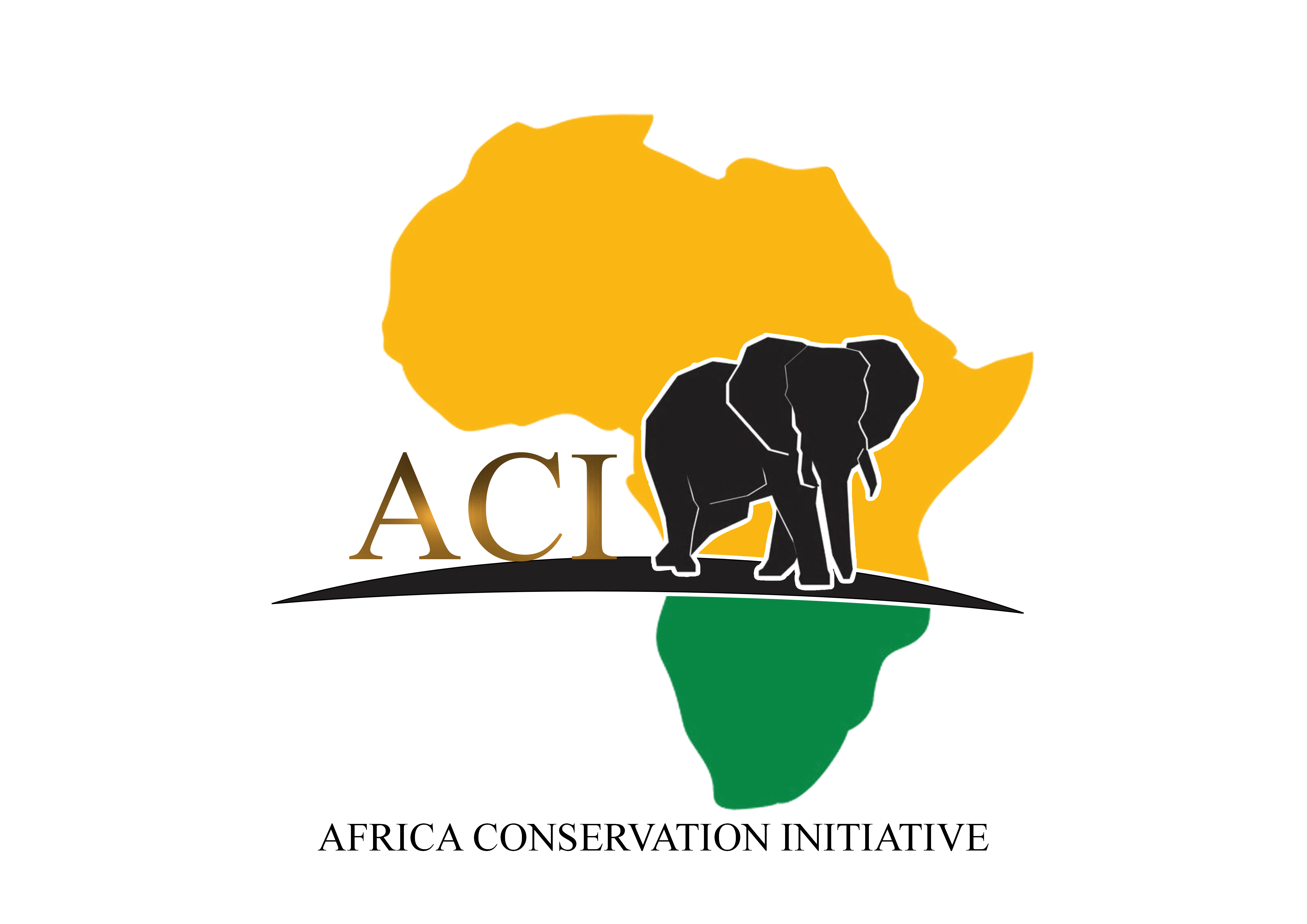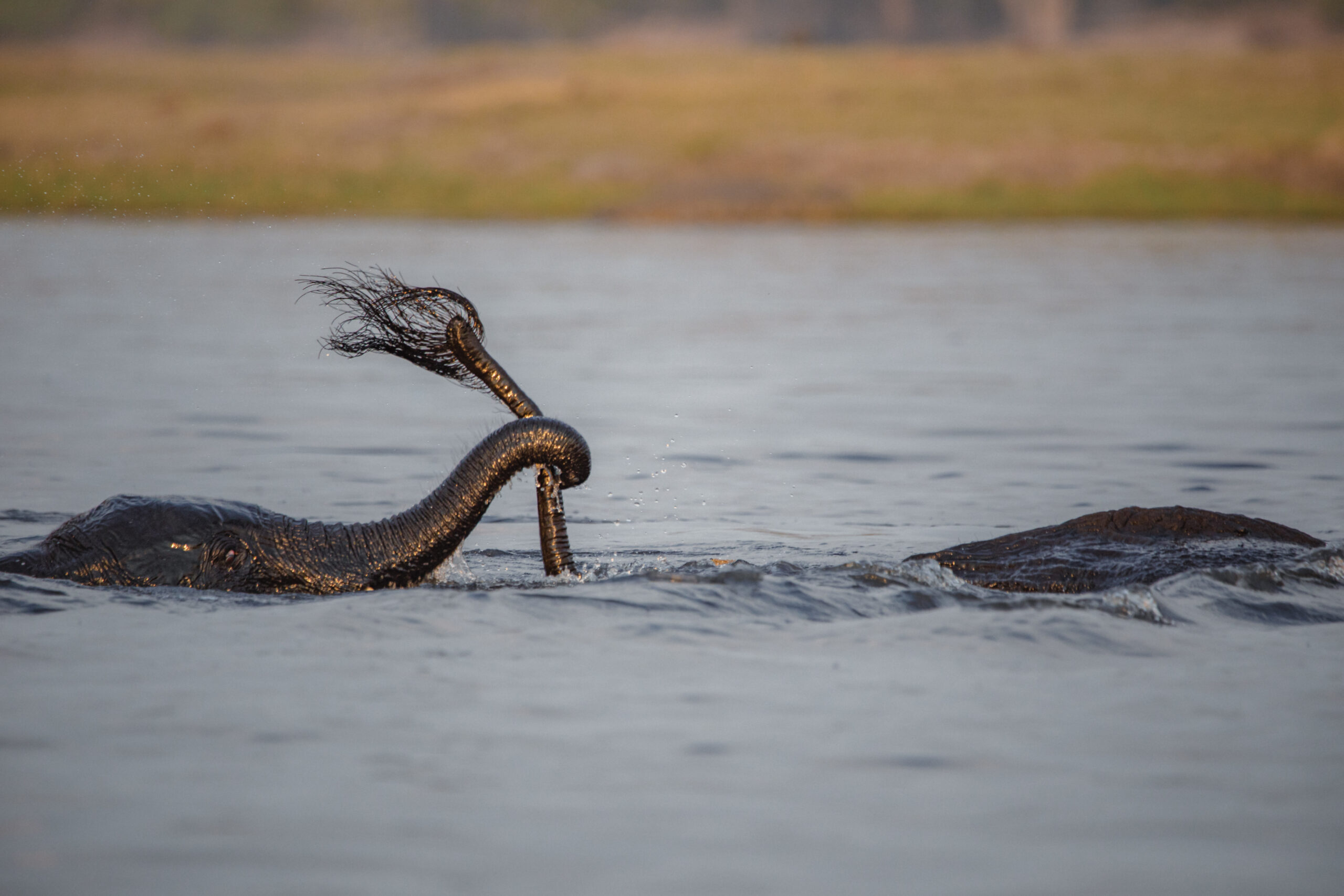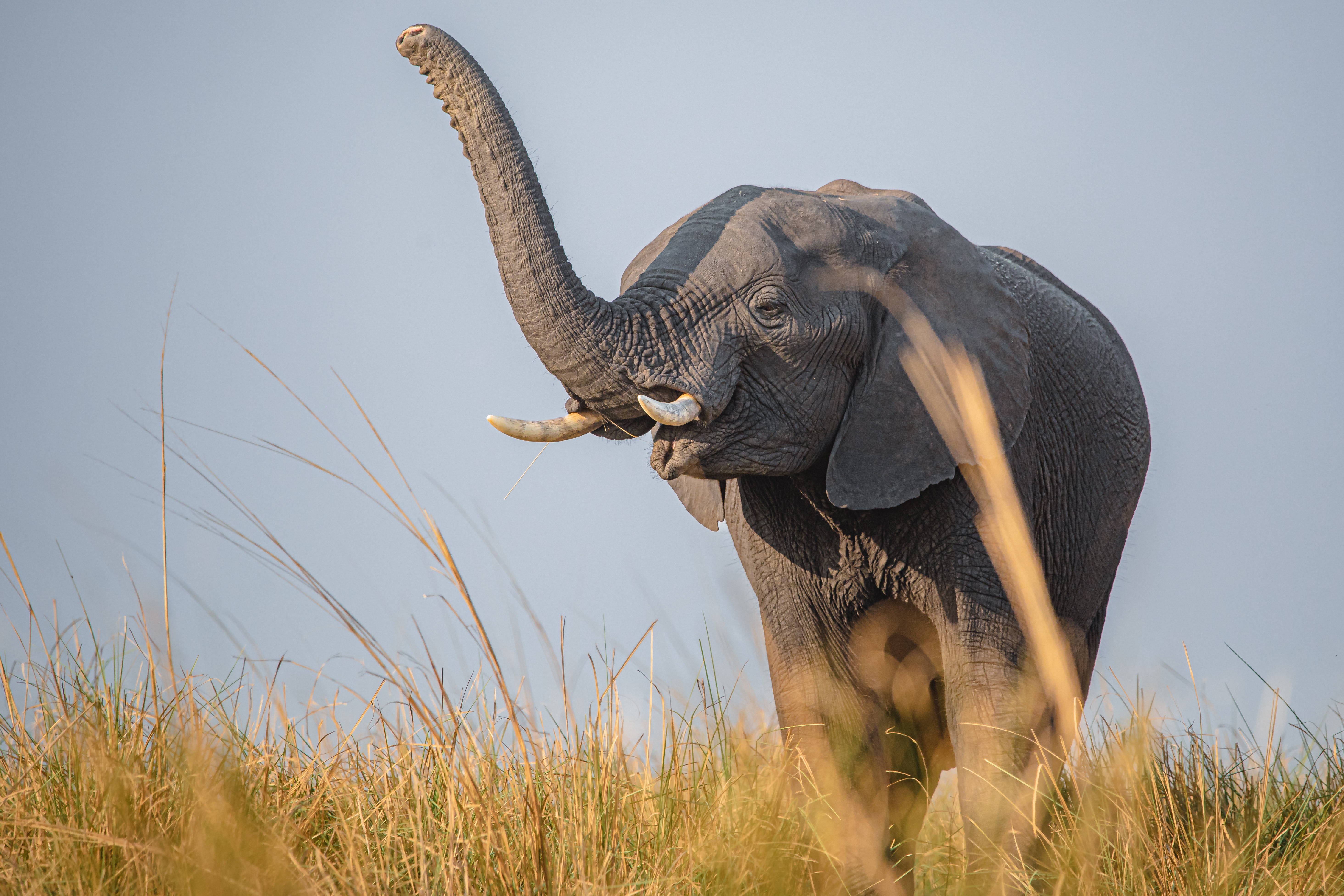In recent years, a complex issue has arisen in the heart of South Africa’s wildlife conservation efforts. Unusually, this isn’t a tale of dwindling numbers but of overpopulation. Two of Africa’s most iconic species, the lion and the elephant, are thriving so successfully in some areas that they are exceeding the carrying capacities of their habitats. This overpopulation presents a unique set of challenges that call for immediate attention and strategic management.
The Scale of the Issue
South Africa’s network of fenced reserves have achieved remarkable success in protecting elephants and lions from threats like poaching, habitat loss, and human-wildlife conflict. However, these fences also limit the natural dispersal of these species, leading to concentrated populations and increased competition for resources. Overpopulation impacts the well-being of these animals and the broader ecosystem, including other wildlife and vegetation.
Facing this dilemma, South Africa’s wildlife managers and conservationists are grappling with various solutions – culling, sterilization, and relocation.

Culling — the selective removal of animals from a population — is a highly controversial method. Proponents argue it’s a practical solution that can quickly reduce population numbers. Additionally, if conducted via controlled hunting, it can provide much-needed funding for other essential conservation initiatives, local community support, and anti-poaching measures. Yet, despite these argued benefits, the ethical implications, long-term consequences, and overall public acceptance of this method remain subjects of heated debate worldwide.
Sterilization, another proposed method, involves contraceptive techniques. While this approach is more socially acceptable, implementing it is complex, expensive, and has varying degrees of effectiveness. In elephants, for instance, the long gestation period and lifespan mean effects would take time to materialize.
Relocation or translocation, which involves moving animals from overpopulated areas to regions with lower densities, can be viewed as a more compassionate and ecologically harmonious solution. However, such an undertaking isn’t without its challenges. It demands careful consideration and coordination, including finding suitable and accepting habitats, managing costs, and mitigating the potential stress induced on the animals during the process.
An integral part of successful wildlife relocation initiatives is fostering effective partnerships with governmental bodies and local communities. Ensuring the involvement and consent of these entities is crucial, as it promotes understanding, acceptance, and shared ownership of the mission to conserve our precious wildlife.
Moreover, appropriate spaces for relocation need to be identified, secured, and effectively managed — a task that necessitates comprehensive ecological knowledge and experience. Areas earmarked for relocation must offer the right environmental conditions for the species, ample prey for carnivores, and minimal conflict with human activities.

This is where the African Conservation Initiative (ACI) has demonstrated its strength. ACI has been exemplary in identifying, managing, and rewilding spaces to ensure the successful translocation and flourishing of relocated wildlife populations.
ACI has a strong track record of fostering strategic partnerships and working closely with government and local communities, and this, combined with a commitment to evidence-based decision-making and rigorous scientific research, has allowed us to make relocation a viable strategy to address animal overpopulation in specific cases.
By investing in these comprehensive approaches, we can move towards a future where our responses to overpopulation become as harmonious as possible with the natural order, ensuring the preservation and well-being of Africa’s iconic wildlife, their ecosystems, and the human communities that live alongside them.
Science and Data: Guiding Our Actions
To navigate these complex challenges, we need to lean heavily on rigorous science and data. Only through detailed studies and careful monitoring can we fully understand the dynamics at play and predict the potential outcomes of our decisions.
The Role of the International Community
Addressing this complex issue goes beyond the borders of South Africa. It requires a united effort from the international conservation community. This support can take various forms – providing financial aid, contributing expertise, or aiding in establishing suitable habitats for these majestic species.
In summary, the overpopulation of lions and elephants in South African reserves highlights the necessity for adaptive, evidence-based conservation strategies. This scenario serves as a poignant reminder that conservation is a complex, dynamic field where even success can lead to new challenges. As we navigate these complexities, our commitment should remain steadfast. We must be guided by the best available scientific knowledge and data, striving to ensure the welfare of these remarkable animals and the ecosystems they inhabit.




